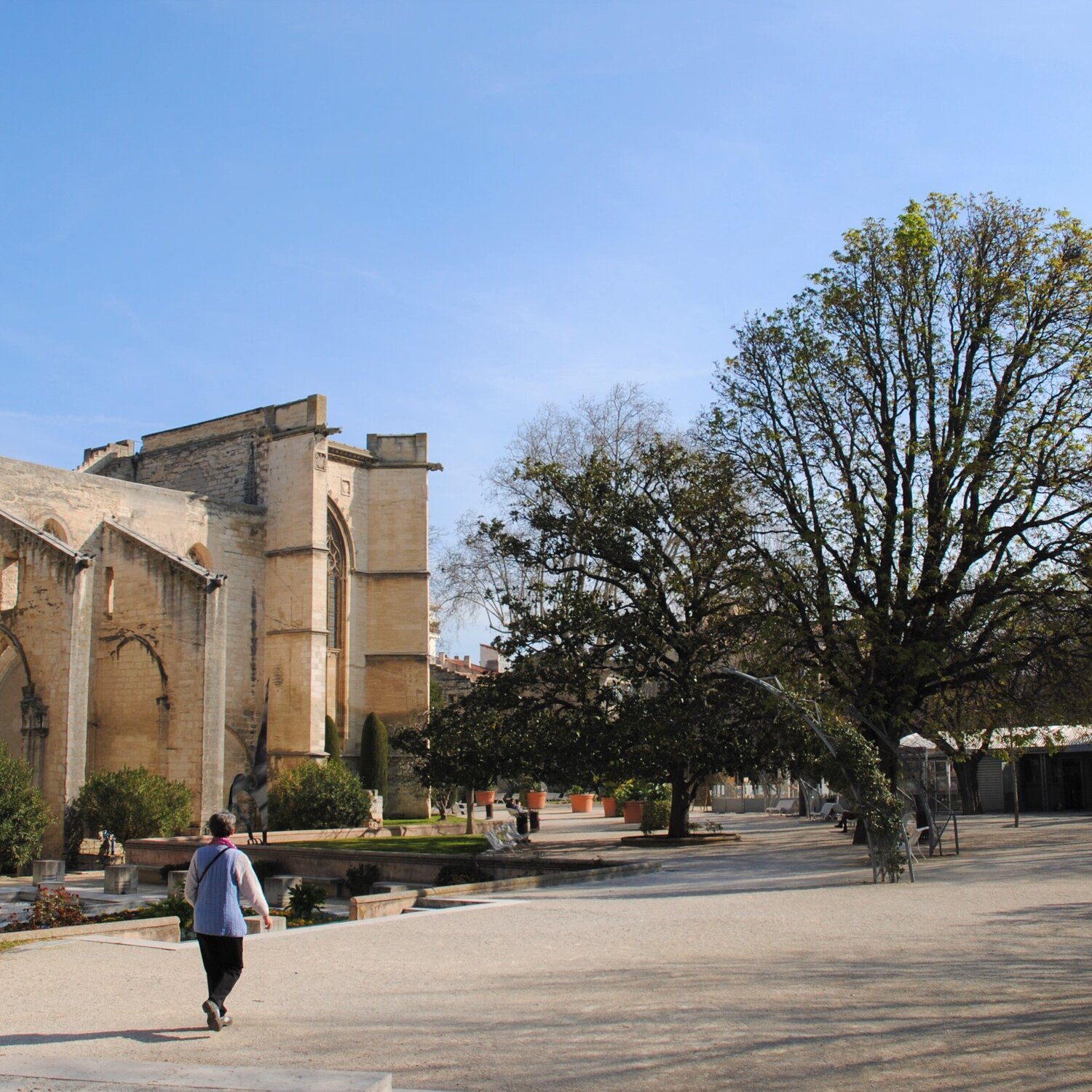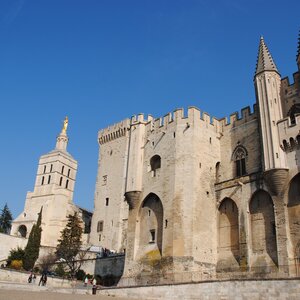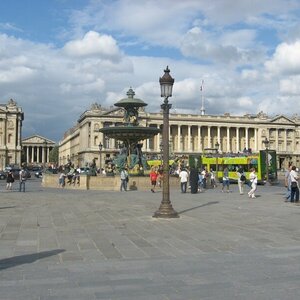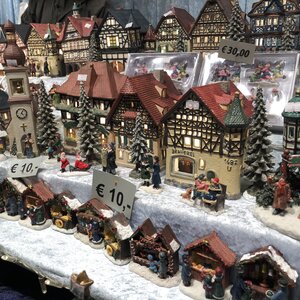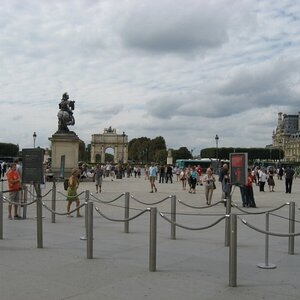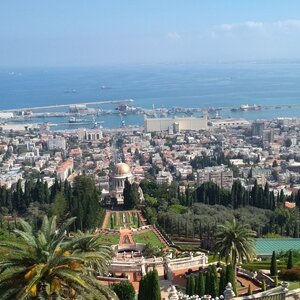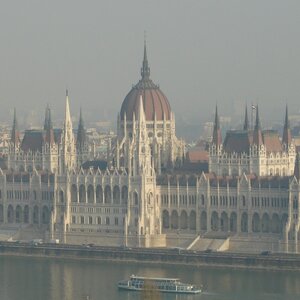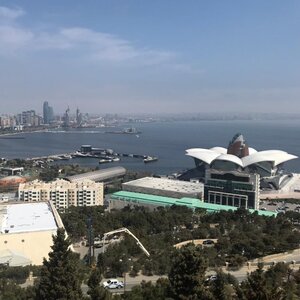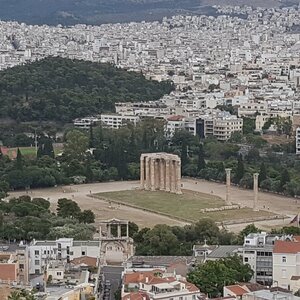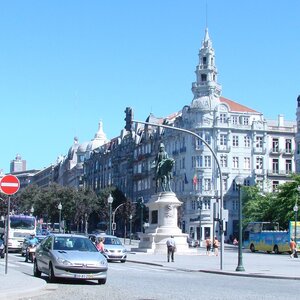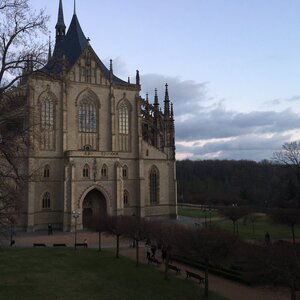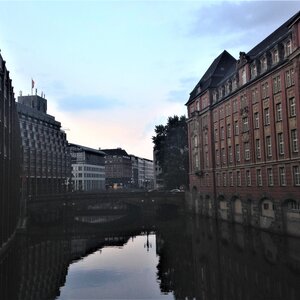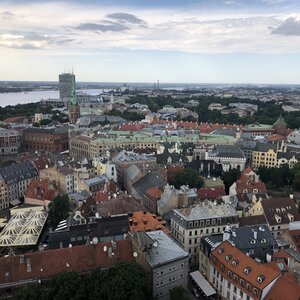Avignon is very convenient for the independent traveler. It is located only 100 km from Marseille. Getting from Marseille to Avignon by rail or bus is easy, fast and inexpensive.
This fabulously beautiful city is almost entirely made up of historical monuments, some of which are UNESCO World Heritage Sites.
Avignon is compact, logically organized and tourist friendly. It’s impossible to get lost in it, and it’s easy to get around all the significant points on foot in one day.
What to see in Avignon
Avignon can be reached by train or bus. Both train stations are located close to each other. Finding your way to the center is easy: when you leave the station, look for the fortress wall surrounding the old town. You go there, always straight ahead, along the main street Cours Jean Jaures, which at one point turns into Rue de la République. Head towards the Papal Palace or Avignon’s famous Saint-Benezet Bridge.
A leisurely walk to the center of Avignon, where the main sights are concentrated, will take half an hour at most. On the way, on the right, there will be a lovely public garden. Here you can take a break from the heat under the park greenery and check out the public restroom or the tourism office. A free city plan map and a couple of comments from the friendly staff won’t hurt if you’re visiting Avignon for the first time.
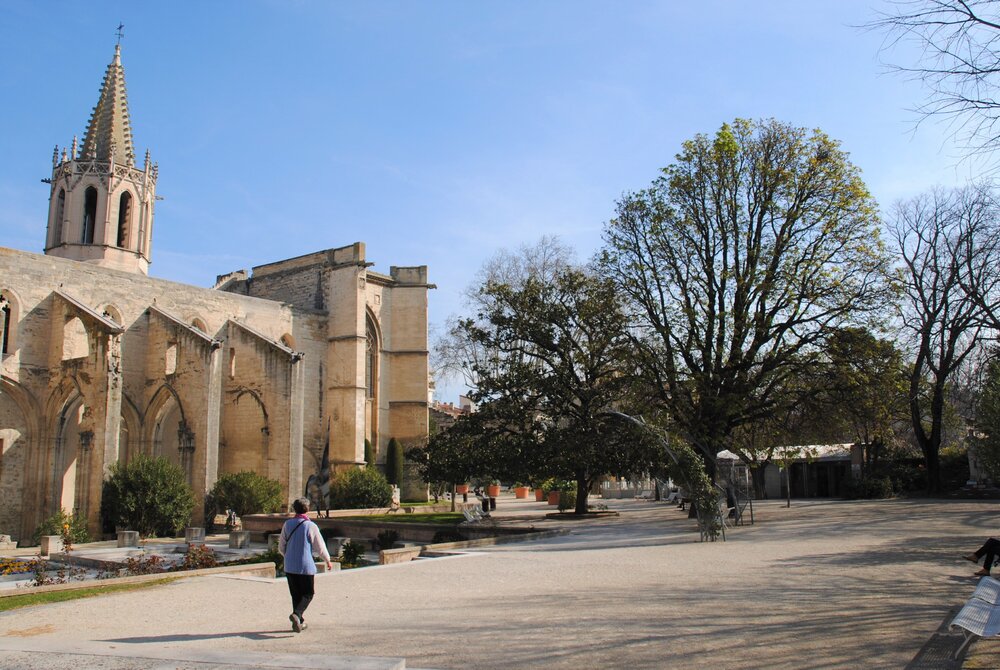
There is beauty everywhere in Avignon, because it is the city of the Popes' residence. Seven Popes lived here, and each of them built and decorated something, attracting the best artists of their time. As a result, it turned out to be a city-museum, where you need to look at every street, every courtyard. The historic center of the old town is entirely included in the list of the World Heritage of UNESCO. It is superbly preserved and provides a wonderfully authentic immersion into the era of the Avignon captivity of the popes.
There are three key points of interest, the city’s calling cards: the fortress wall, the Saint-Benezet Bridge and the Papal Palace.
Saint-Benezet Bridge (Pont d’Avignon)
It is so old (built in the 12th century) that it is called a witness to the history of Avignon. The bridge of Avignon is protected by UNESCO. It is famous for its antiquity, capital, beauty and the XV century folk song «Sur le pon davignon» — about how great it is to dance here. This bridge once linked the papal territories with France.
The fact that the bridge ends exactly in the middle of the full-flowing Rhone is blamed on violent floods. During its existence, the Avignon Bridge never managed to make friends with the Rhone: it destroyed it several times, people rebuilt it, and so on and so forth, but one day the city decided that it was useless to fight the elements. Of the 22 arches with a total length of 920 meters, only four have survived to this day. On this map of the XVII century the bridge already looks collapsed. It was around this time that they stopped trying to preserve it.
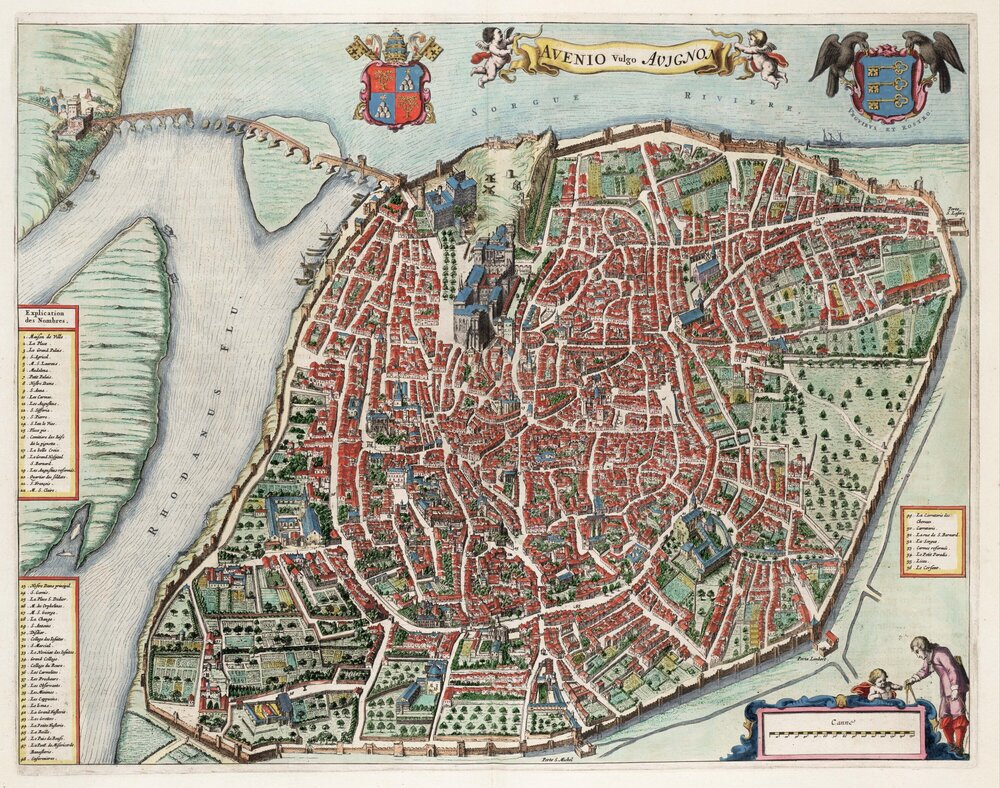
Today, no one organizes dance festivals on the Bridge of St. Benezet (this is the official name of the Avignon Bridge), except for cheerful tourists.
- Price: entrance to the bridge 5 €, children 8—17 years old — 4 €. The price includes an audio guide (available in Russian) and the opportunity to climb the fortress wall.
- It is more advantageous to take a combined ticket: Benezet Bridge + Papal Palace for 14,50 € (11,50 €).
- Both the bridge and the palace are open to the public daily, all year round.
- Website: Papal Palace

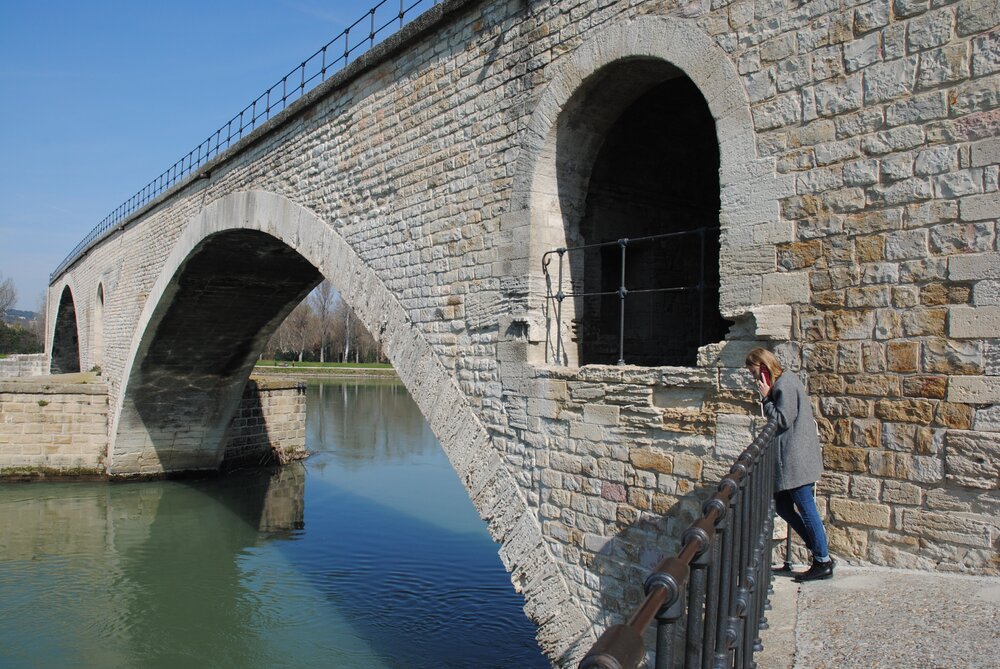

The fortress walls and towers of Avignon
The fortress walls of the old city — strong, crenellated, with gates and bastion towers — have protected the historic center since the fourteenth century. They show that, after the War of the Throne and a series of assassination attempts, the Popes did not skimp on their security.
The fortress walls are more than three meters thick, and 30 towers were originally built. Thirteen have survived to this day, and three are open to view: the Porte du Rocher tower gate, the gate on the Rue de la Republique opposite the central train station, and the Rhone gate opposite the Avignon Bridge.
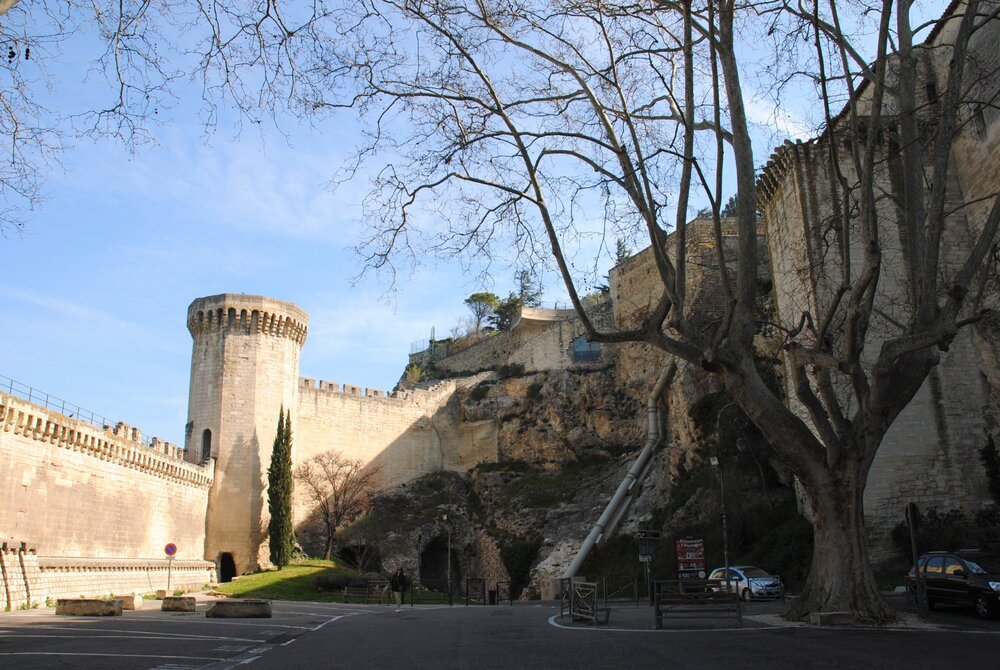
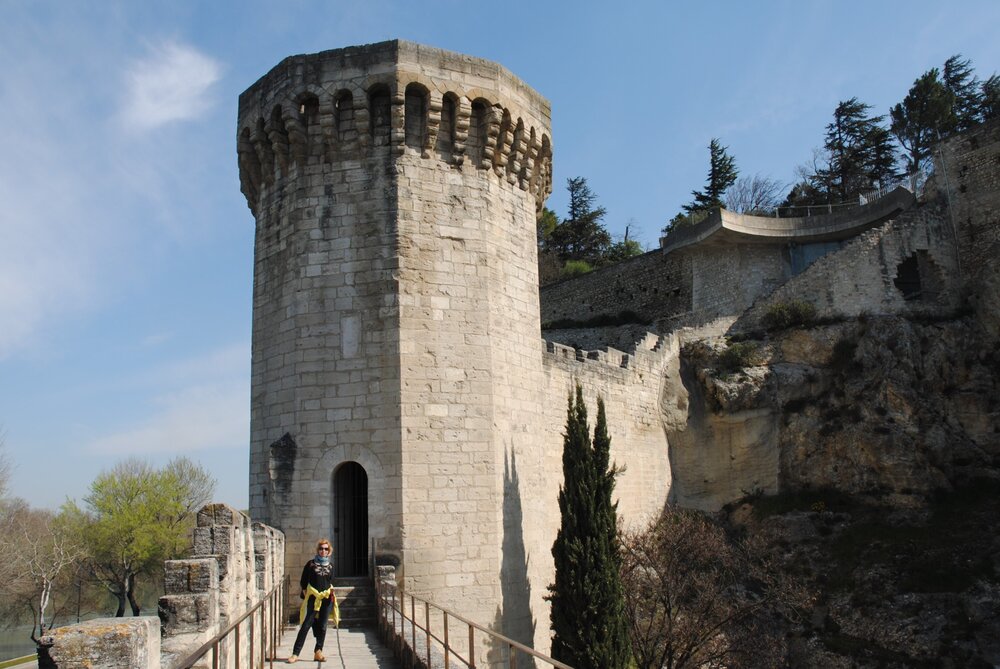
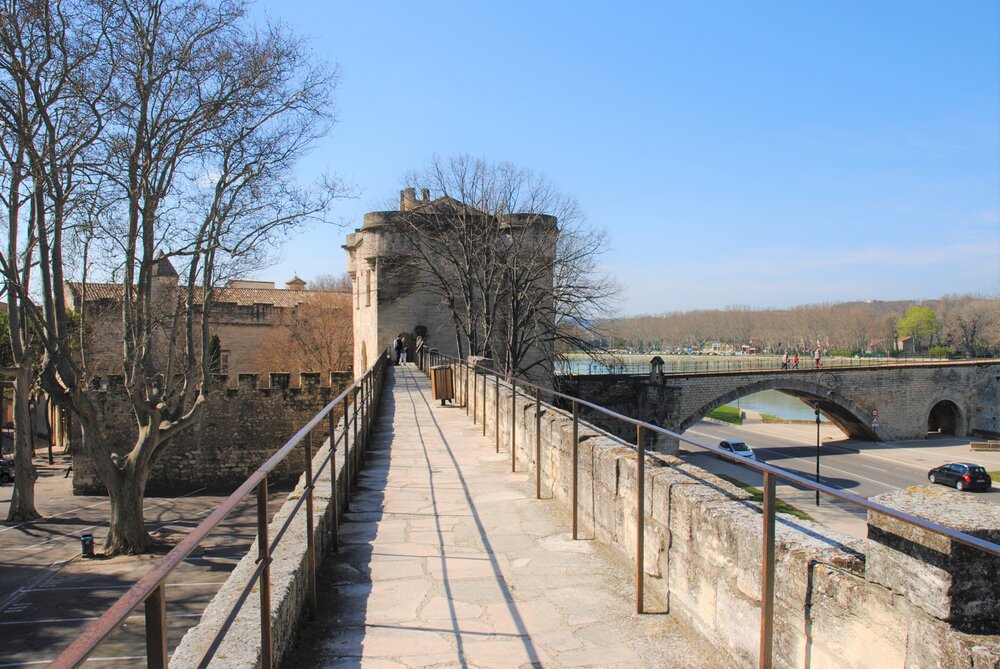
The Papal Palace (Palais des Papes)
Avignon Papal Palace in the 14th century became one of the most luxurious courts in Europe. It is a grandiose architectural construction (15,000 m2), the scale of which can be compared to 4 royal palaces. This giant took 29 years to build and the world record of the largest Gothic palace has not been broken yet.
Today part of the premises is occupied by the national museum. The interior decoration is ascetic and austere, and the main decoration of the palace is its frescoes.
You can go up to the rooftop observation deck, which offers a magical view of the tiled «top» of the old town.
- Price: adult ticket — 12 €, children — 10 €, under 8 years old — free of charge.
- Website: Pontifical Palace of Avignon
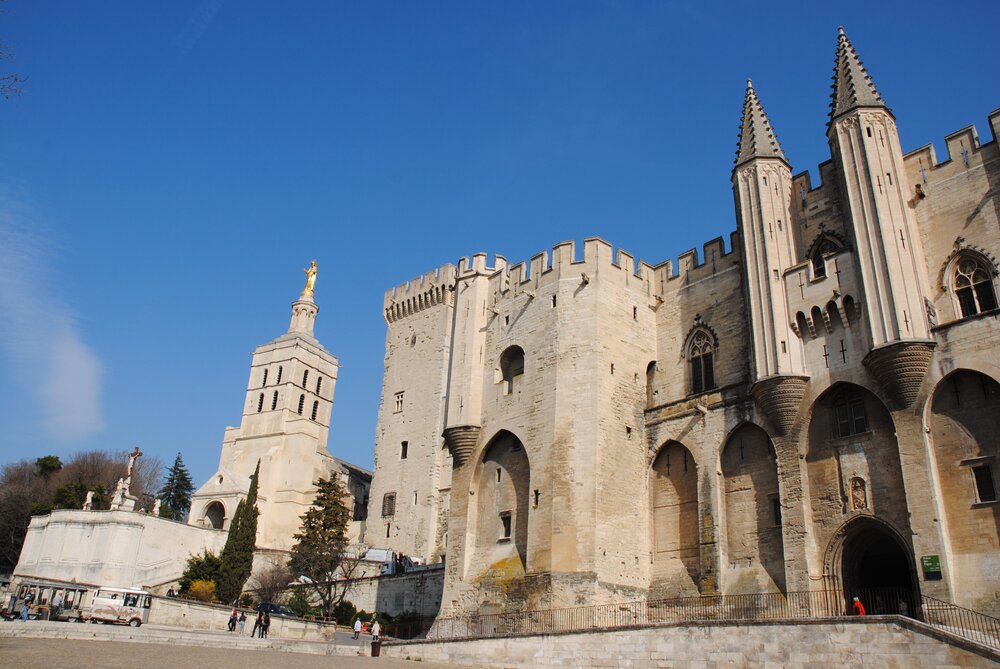
Notre Dame des Doms d’Avignon (Notre Dame des Doms d’Avignon)
A stone’s throw from the Papal Palace is the city’s main cathedral, the Cathedral of Our Lady. It is two centuries older than the Papal Palace and is notable for the golden statue of the Virgin Mary instead of the spire of the bell tower.
During the Avignon Captivity, this cathedral was the main Catholic cathedral of the world, where the Popes served. One of them is buried here.
- Website: Avignon Cathedral
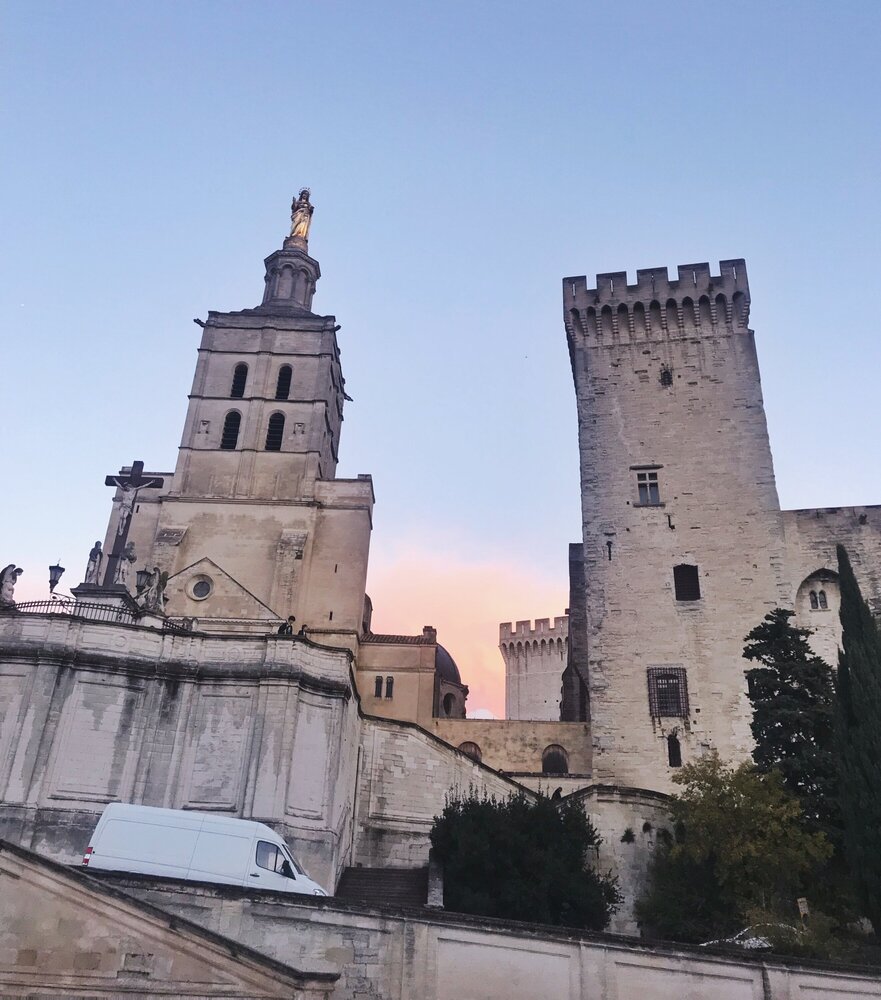
Jardin des Doms (Doms Park)
Avignon is quite hot in summer, but there are plenty of parks where you can hide from the heat: St. Andre Abbey, Ceccano Garden, City Orchard, Petramal Park, Carmelite Garden.
You can climb up to the Dome City Park on the hill and admire the impressive panorama of the surroundings, just as the entire church aristocracy did 6 centuries ago. A tourist train will take you to the hill for 7 €. The price includes a sightseeing tour through the streets of the old town.
The tourist train departs from the Piazza Papal Palace every 30 minutes and returns there.
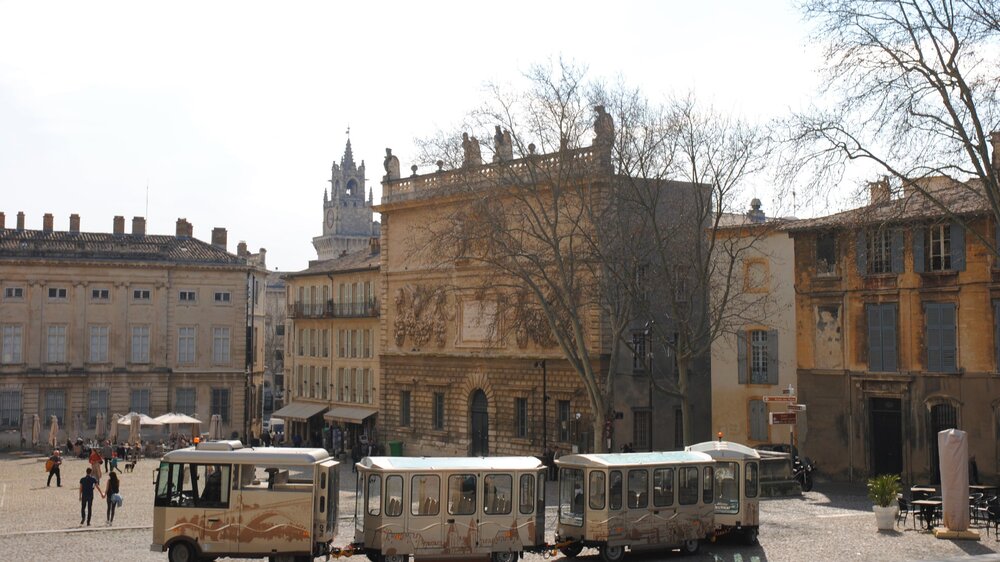
Where to eat in Avignon?
The most atmospheric place for lunch is Place de l’Horloge, a two-minute walk from the Papal Palace, surrounded by the Jacquemart Tower with its clock that still chimes, the Opéra Grand Avignon and the Hôtel de Ville d’Avignon, aka City Hall. You can find two-course dinners from 10 € per person in the many restaurants on this square. I recommend getting a table between 12:00—13:00 while there are still seats available.
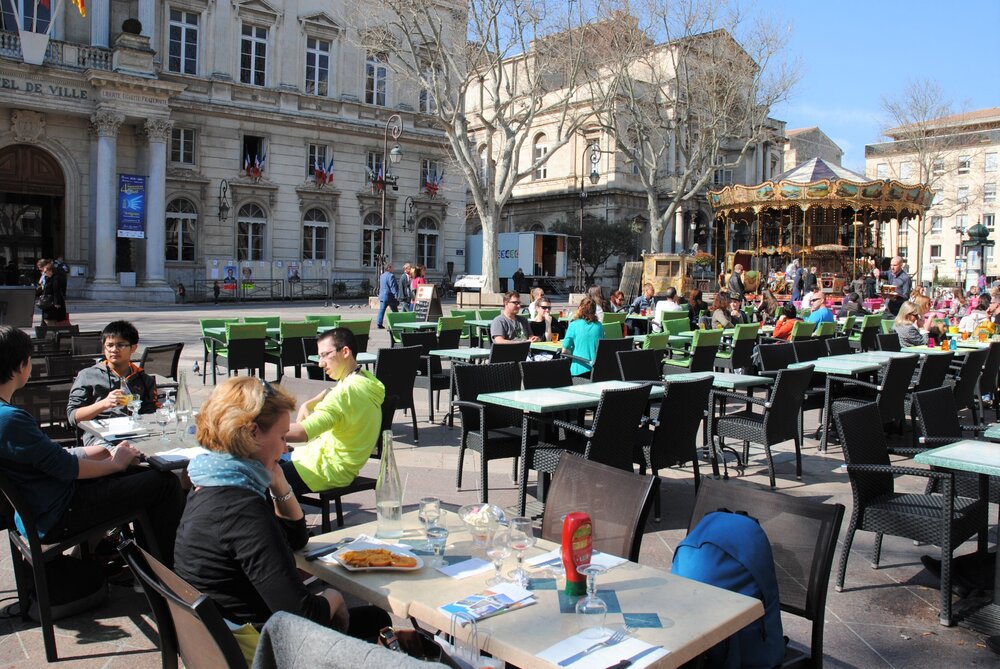
Useful links:
Photos by Maria Barybina were used.

